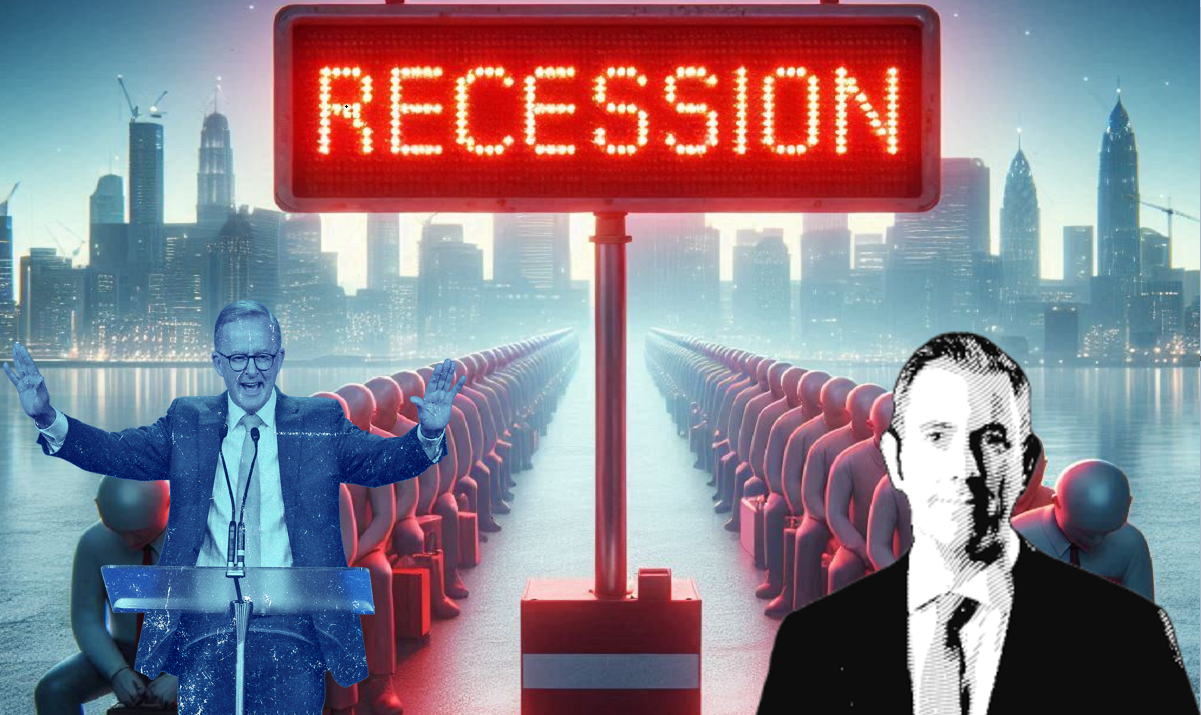Unemployment rate climbs to 4.2 per cent in July with more than 58,000 jobs created

- by Admin
- August 15, 2024
The unemployment rate has climbed to 4.2 per cent in July — its highest level since November 2021 — as Australia’s economy continues to slow down.
Data from the Australian Bureau of Statistics showed more than 58,000 jobs were created last month, with the majority in full-time roles.
However, the number of unemployed people grew by 24,000 people — lifting the participation rate to a record high of 67.1 per cent.
Economists had broadly expected the unemployment rate to remain steady at 4.1 per cent in July.
Despite the rise in the unemployment rate, the ABS’s head of labour statistics, Kate Lamb, said the jobs market is still resilient.
“The unemployment rate rose to 4.2 per cent in July, with the number of unemployed growing by 24,000 people and employed by around 58,000. This combined increase lifted the participation rate to a record high of 67.1 per cent,” she said.
“The employment-to-population ratio rose by 0.1 percentage point to 64.3 per cent, indicating employment growth was faster than population growth, and was just below the historical high of 64.4 per cent in November 2023.
“Although the unemployment rate increased by 0.1 percentage point in each of the past two months, the record high participation rate and near record high employment-to-population ratio shows that there continues to be a high number of people in jobs, and looking for and finding jobs.”
However, Ms Lamb said that compared to before the pandemic, conditions remain “quite tight”.
“The employment and participation measures remain historically high while unemployment and underemployment measures remain historically low, compared with what we saw before the pandemic,” she said.
“This suggests the labour market remains quite tight.”
Callam Pickering, a senior economist with jobs site Indeed, echoed the ABS’s assessment.
“The Australian labour market is still very tight but is gradually moderating,” he said.
“Rising participation is why the unemployment rate increase [sic] in July, despite employment jumping by 58,000.”
The latest forecasts from the Reserve Bank of Australia expects the unemployment rate will rise to 4.3 per cent by the end of the year.
Economist Anders Magnusson from BDO said while Thursday’s data re-affirms the RBA’s forecasts, he said the relationship between wages and productivity was “concerning” and could hamper future rate cuts.
“My medium-term view of the economy is that unless we solve the productivity puzzle and produce more with less, a tight labour market and strong public demand, compounded by higher service wages, will prevent inflation and the cash rate from decreasing anytime soon,” he said.
“Higher productivity leads to increased output and benefits employees through real wage growth, but productivity growth has been relatively flat lately. The latest ABS data reveals a 4.1 per cent growth in annual wage to the June quarter, driven by scheduled public sector wage increases.
“While a tight labour market has led to higher wages, these benefits won’t be sustained unless productivity growth catches up and inflation continues to fall.”
Loading
Posted , updated
The Latest News
-
December 23, 2024This quiet Canadian will make you love YouTube golf again – Australian Golf Digest
-
December 23, 2024Guide Helps Australian Workers Expose Tech Wrongdoings
-
December 23, 2024PPHG achieves GSTC multi-site certification for all its Australian properties – Travel And Tour World
-
December 23, 2024Championship three-peat reward for ‘clinical’ Aussies | cricket.com.au
-
December 23, 2024Australian tennis star Purcell takes on voluntary provisional suspension for breaking anti-doping rules





